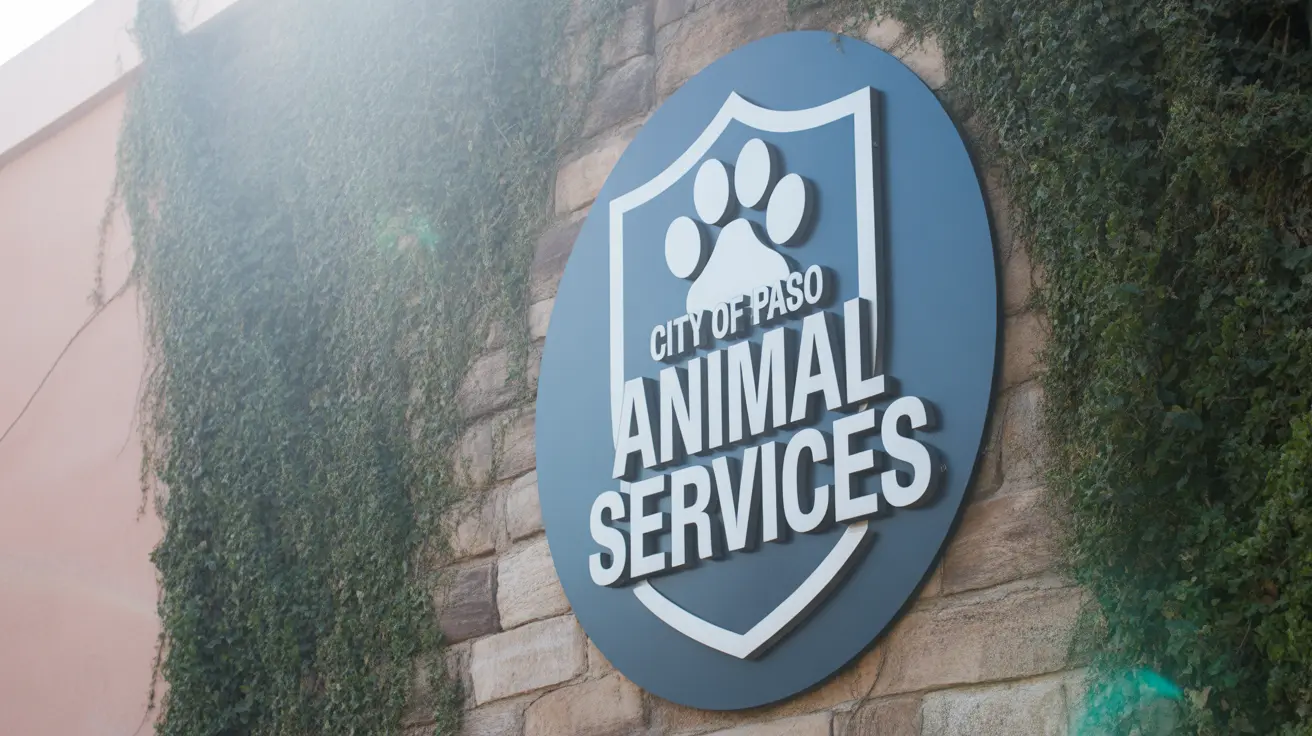How to Start a Dog Walking Business from Scratch
Starting a dog walking business can be both personally rewarding and financially viable if approached strategically. Whether you're passionate about canines or seeking flexible self-employment, this guide covers everything you need to know.
1. Gain Practical Experience
Before launching, it’s critical to obtain hands-on experience in dog care and handling. Ways to gain experience include:
- Walking your own pets or for friends and neighbors
- Volunteering at shelters or rescue organizations
- Taking on small pet-sitting jobs
Understanding canine behavior, leash handling, and basic first aid are essential. Consider enrolling in local or online courses that cover these skills, and obtaining a pet first aid certification to enhance client trust.
2. Research Your Local Market
Analyze your area’s demand for dog walkers. Visit dog parks, check online pet care platforms like Rover, and study competitors' pricing and services. Identify niche opportunities such as:
- Group or solo walks
- Senior dog care
- Puppy outings or training walks
- Medication administration
Offering specialized care can help you stand out in a competitive market.
3. Define Your Services
Determine what you’ll offer and tailor packages accordingly. Possible services include:
- Individual or group dog walks
- Overnight sitting or boarding
- Pet grooming or transport
- Pooper scooping or playtime visits
Keep in mind that wider services increase potential revenue, but also demand more resources and liabilities.
4. Draft a Business Plan
Creating a business plan helps solidify your vision. It should include:
- Business structure and mission
- Service offerings
- Target customers
- Start-up budget and expected revenue
- Operational procedures
This plan guides marketing strategy and ensures long-term sustainability.
5. Choose a Legal Business Structure
Select a structure that suits your goals:
- Sole proprietorship – simple, but no liability protection
- LLC – provides liability protection and flexibility
- Partnership or Corporation – for multiple owners or more complex needs
Register your business name (DBA) if required in your state. Also, obtain an Employer Identification Number (EIN) from the IRS, especially if hiring staff.
6. Comply with Local Licensing and Regulations
Most cities and states require business licensing. Additional regulations can include:
- Maximum dogs per walk
- Leash and waste disposal laws
- Permit requirements for in-home boarding
Failing to comply may result in fines or shutdowns. Always check with your local government offices before operating.
7. Manage Finances and Insurance
Open a dedicated business bank account and keep your personal finances separate. Consider investing in:
- General liability insurance – covers property damage or injury
- Animal bailee coverage – insures pets under your care
- Commercial auto insurance – required if transporting animals
- Workers’ compensation – if you hire staff
- Bonding – builds credibility against theft claims
8. Develop Contracts and Communication Tools
Create clear service agreements spelling out:
- Pricing and payment terms
- Scheduling and cancellation policies
- Emergency veterinary release clauses
- Pet behavior and special needs information
Use client intake forms to collect vet info, medications, emergency contacts, and behavioral notes. This protects your business and ensures pet safety.
9. Gather Essential Supplies
Before launching, prepare with:
- Various leashes, collars, and harnesses
- Waste bags and cleaning supplies
- Water bowls, treats, and travel gear
- Recordkeeping software or notebooks
For vehicle transport, install pet crates or seatbelt harnesses and confirm your insurance policy covers it.
10. Set Pricing and Track Finances
Prices should reflect:
- Local benchmarks
- Your certification or specialty services
- Time and travel required
Consider offering walk bundles or loyalty discounts. Use digital tools for invoicing, scheduling, and client communication.
11. Market Your Business
To acquire clients, build an online presence through:
- A mobile-friendly, professional website
- Social media showcasing your services
- Pet service directories (like Rover or Wag)
Don't underestimate word-of-mouth. Distribute business cards, ask for reviews, and network with vets, groomers, and pet shops.
12. Join Professional Organizations
Groups like Pet Sitters International or National Association of Professional Pet Sitters offer credibility, insurance deals, and educational resources.
13. Plan for Growth
If your business expands, hire carefully. Understand employment laws for payroll taxes, background checks, and worker classification.
To conclude, success depends on professionalism, consistency, and trust. A thoughtful approach to business legality, customer care, and pet safety will position you for lasting success in the dog walking industry.





